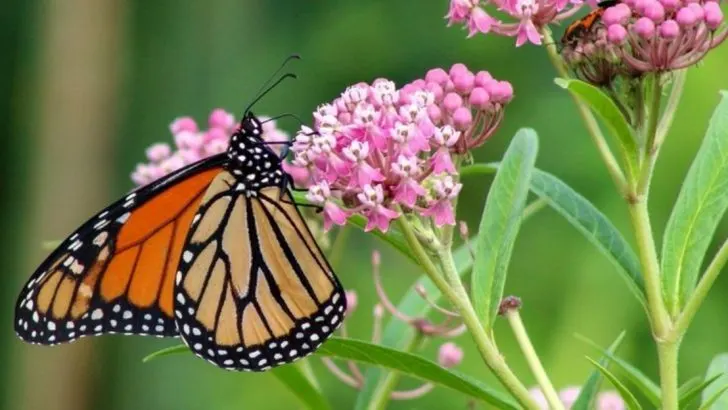Too much water can drown your dreams—unless you plant like a rebel. While most plants throw a tantrum at soggy roots, these ten thrive in the muck, dance in puddles, and bloom where others rot. They don’t just tolerate wet soil—they own it. From show-stopping blooms to feathery greens, these garden champions turn boggy corners into lush, dramatic statements. No drainage? No problem. So stop fighting the water. Plant for it. Let these moisture lovers flood your imagination.
Iris
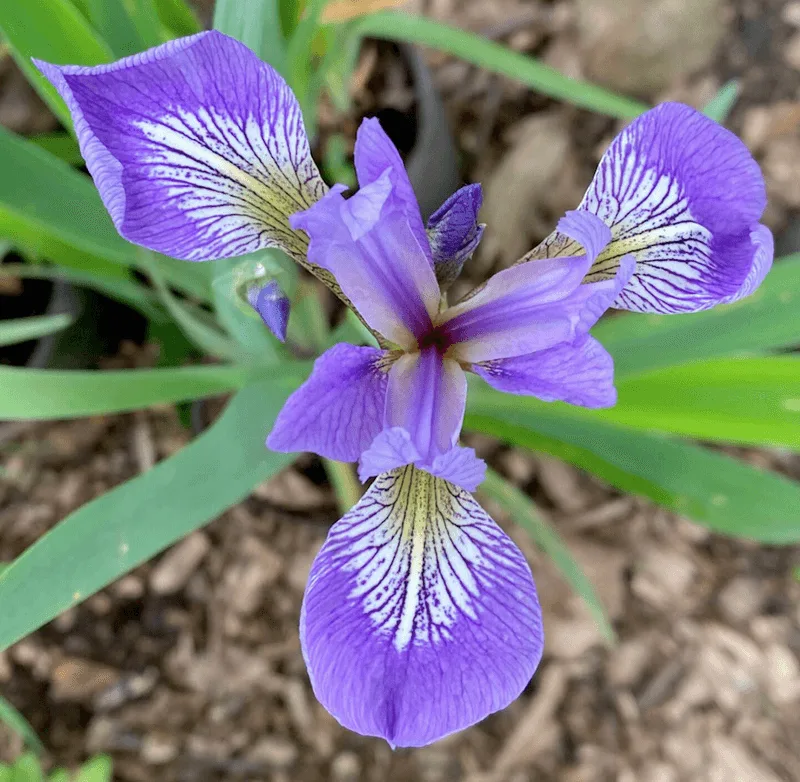
With petals that shimmer in the sunlight, the Iris stands as a beacon of beauty in any wet soil garden. Known for its striking colors and intricate patterns, this plant offers both visual delight and ecological benefits.
Irises are remarkably adaptable and thrive in moisture-rich environments, making them perfect for waterlogged garden corners. Their vibrant blooms attract a myriad of pollinators, enhancing your garden’s biodiversity.
Did you know? The Iris takes its name from the Greek goddess of the rainbow, symbolizing its diverse range of colors and its mythical elegance.
Cardinal Flower

A splash of red amidst the green, the Cardinal Flower captivates with its fiery blossoms. This plant thrives near water bodies, where its roots enjoy constant moisture.
The tall spikes of blossoms not only add height but also attract hummingbirds, creating a lively garden scene. Its vibrant red hues are a charming contrast against green foliage.
Historically, Native American tribes used the Cardinal Flower for medicinal purposes, adding cultural depth to its beauty. Its allure is both visual and historical, making it a treasured addition to any moist garden spot.
Ferns

In the shadowy corners of moist gardens, ferns unfurl their delicate fronds, creating a lush, prehistoric ambiance. Their intricate leaf patterns add texture and depth to any landscape.
Ferns thrive in shaded, damp areas, where they can absorb the moisture they need to flourish. Their presence is soothing, evoking a sense of tranquility and timelessness.
Did you know? Ferns are among the oldest plants on earth, with a lineage dating back over 360 million years. Their ancient beauty connects your garden to a vast natural history.
Swamp Milkweed
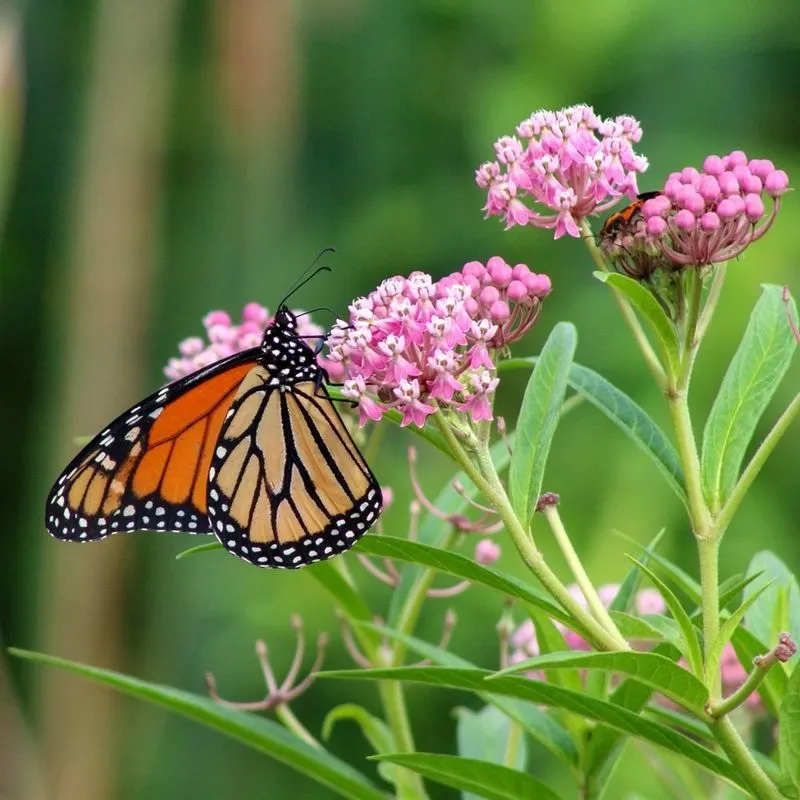
Swamp Milkweed is a butterfly magnet, welcoming these enchanting creatures with its delicate pink blooms. This plant prospers in wet areas, its roots soaking up the moisture they crave.
The charming clusters of flowers provide nectar, while the plant itself supports caterpillar growth. It’s a full-service stop for pollinators, enhancing ecological diversity.
Fun fact: Swamp Milkweed plays a critical role in the lifecycle of monarch butterflies, offering them sustenance and a breeding ground. It’s a plant that nurtures both beauty and life.
Marsh Marigold
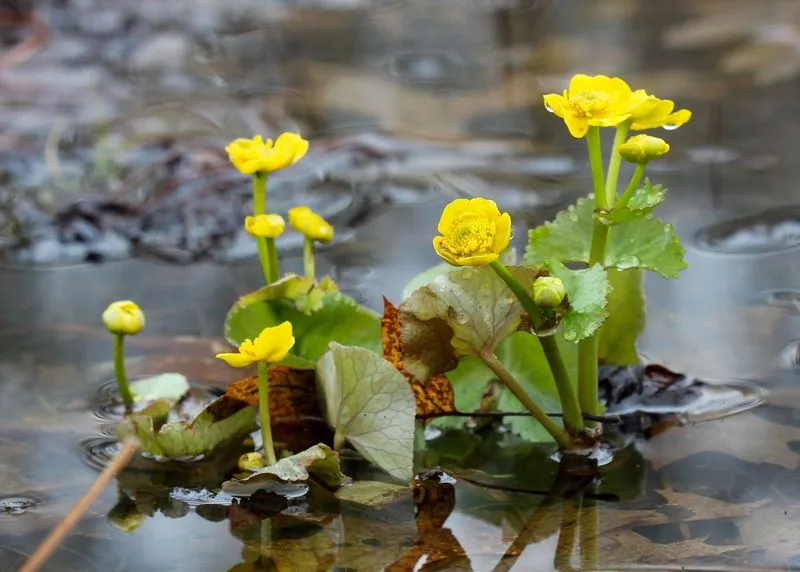
The Marsh Marigold brightens wet grounds with its cheerful yellow flowers, signaling the arrival of spring. This plant is a true survivor, thriving in waterlogged soil where other plants might struggle.
Its glossy, heart-shaped leaves are a striking backdrop to the sunny blooms, creating a vivid display. The Marsh Marigold’s resilience in wet conditions makes it a staple for bog gardens.
Historically, these blooms were used in traditional medicine, valued for their purported healing properties. Their sunny presence is both practical and historically rich.
Hosta
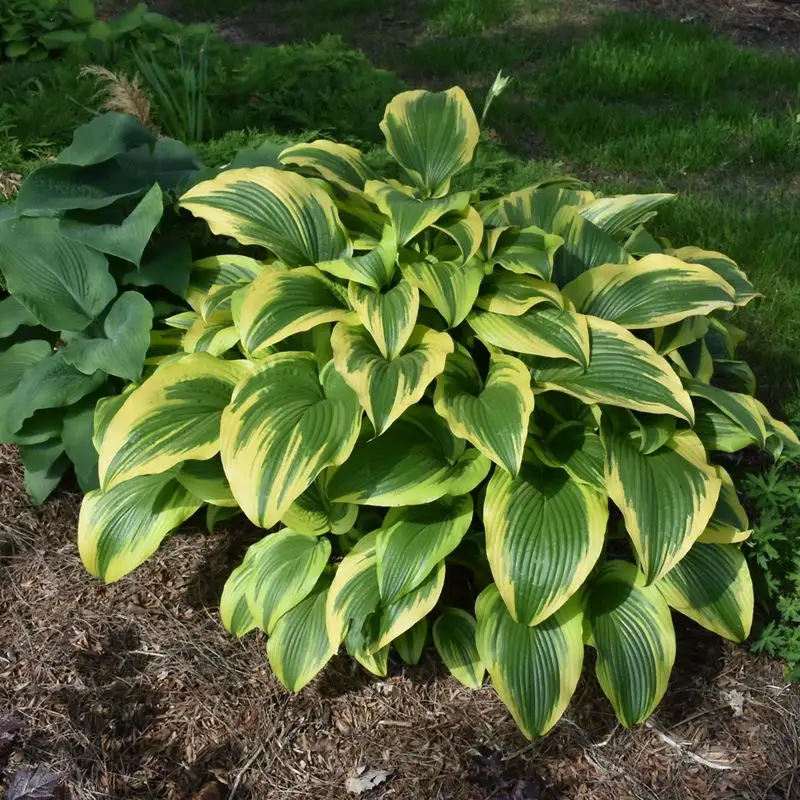
Hostas, renowned for their striking foliage, are a favorite in shaded, moist gardens. Their large, variegated leaves add a touch of elegance and drama to any landscape.
These plants thrive in damp conditions, where their roots can spread and absorb necessary nutrients. The lush greenery they provide is both soothing and eye-catching.
Did you know? Hostas are not just pretty; they’re tough, often outlasting less hardy plants in challenging conditions. Their combination of beauty and resilience makes them indispensable in garden design.
Japanese Iris
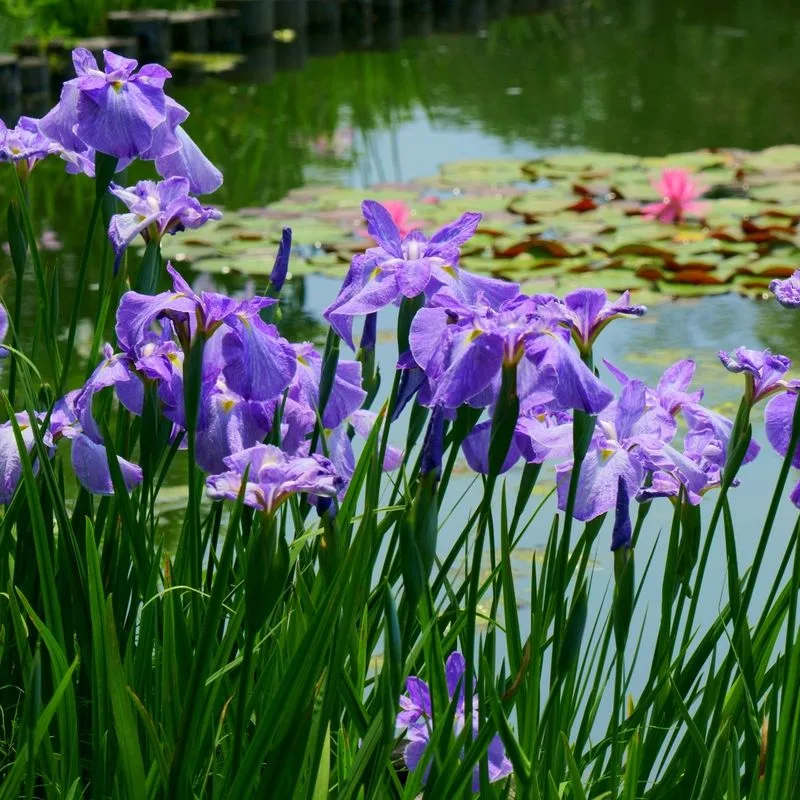
The Japanese Iris enchants with its exotic blooms and intricate forms. This plant revels in moist environments, where its roots can access abundant water.
Its lavish purple flowers are a centerpiece in any garden, drawing attention with their complexity and grace. The Japanese Iris also attracts pollinators, enriching your garden’s ecosystem.
Fun fact: In Japan, the Iris symbolizes good fortune and protection, often featured in traditional artwork. Its cultural significance adds an extra layer of interest to its natural beauty.

